- Home
- My Trip Diary
- Where the Modern Japan was born, Kyoto Gosho’s relaxing Architectures and Gardens
Where the Modern Japan was born, Kyoto Gosho’s relaxing Architectures and Gardens
- 2018/9/23
- Write comment
Good evening!
Thank you very much for visiting this blog.
Continued from last time, today I report my visiting Kyoto Gosho.
At first, I included today’s story in the last time’s article, but it became so long as more than
6000 letters (in Japanese), so I divided it into 2 articles ^^;
It starts when I finished “Shishinden” palace.
Contents
Seiryoden
After Shishinden, I walked along the route, and this building below appeared.
Seiryoden.
This is the residence of the emperors for daily lives.
The white thing which is seen a little in the building is what is called “Hino Omashi” which appears in “Makura no Soshi” by Sei-Shonagon (a classic essay book written in the Heian period).
The successive emperors usually stayed over the white veil.
Kogosho and Kogosho Meeting
After Seiryoden,
This building, “Kogosho“.
According to the brochure, this palace was built after the Kamakura period, and it was used as a hall of audiences with emperors and other ceremonies by Shogun and Daimyo in the Edo period.
It’s known as a place of a big meeting called “Kogosho Kaigi” which was held to discuss the direction of Japan’s politics after “Taisei Hokan” and “Oseifukko no Daigorei” (the declaration of the restoration of Imperial rule) in 1876.
In this discussion, the lords of Satsuma and Choshu (the present Kagoshima and Yamaguchi Pref.), who were against the old Shogunate, and Tosa, Echizen, and Owari (the present Kochi, Fukui, and the western Aichi Pref.), who supported Shogunate, had big arguments.
The argument finished with Satsuma/Choshu’s win, and it was adopted to claim “Jikan Nochi” to the last Shogun, Yoshinobu Tokugawa to provocate the Shogunate.
This “Jikan Nochi” was to require Yoshinobu to give up not only his position of Shogun, but also his position in the Imperial court and his territory.
Not Yoshinobu, but Shogunate retainers threw a fit.
The retainers’ army who had gathered in Osaka (they came to Osaka for the second attack to Choshu, but the plan was stopped and they still stayed in Osaka) planned to attack Kyoto to protest the hard treatment by Satsuma and Choshu.
However, Yoshinobu who wanted to avoid the civil war in Kyoto tried to stop his retainers in this way and that.
In this situation, Takamori Saigo, one of the leaders of Satsuma/Choshu and the main character of next year’s long-scale TV drama, thought out a plan to make the Shogunate side do the first strike to get a proper reason for attacking the shogunate (Takamori should have thought that they wouldn’t be able to get people’s support if they attacked the shogunate who gave up the government without a big fight and kept still, so he wanted an excuse).
Takamori instructed Sozo Sagara, who wass highly respected by “Sanosuke Sagara” in “Rurouni Kenshin” or “Samurai X”, to do arson, plunder, and robbery in Edo (Tokyo).
The Shogunate side tried to capture those who did the crimes, but Sozo’s group ran into the residence of Satsuma’s lord in Edo.
The Shogunate people understood that the crimes were planned by Satsuma, and they burnt down the residence (called “Edo Satsume Hantei Yakuchi Jiken“).
The Shogunate army who was staying Osaka got very angry to hear the situation in Edo, and even Yoshinobu could not stop them after all.
In January of 1868, the Shogunate army moved to Kyoto and started a fight against Satsuma and Choshu army who was staying in Toba Fushimi under a purpose of executing the violence.
The Shogunate side had much more soldiers, but their arms and structure had not changed much since the age of civil wars (16th Century).
On the other hand, the allied forces of Satsuma and Choshu had the newest weapons and advanced operation.
These advantages and some other good lucks brought the allied forces a victory (this is “Battle of Toba Fushimi”).
This battle opened a severe war between the old Shogunate and the new government.
Until the old Shogunate army who had experienced some battles such as Battles with Aizu, which I introduced here before surrendered after besieged in Hakodate Goryokaku in May of 1869, the series of battles called “Boshin War” lasted.
In a sense, Kogosho is a place where the new Japan was made.
The garden of Kyoto Gosho
In front of Kogosho with such deep and hard episodes,
There was a beautiful garden.
After going further,
There was a building is called “Otsunegoten (Imperial Residence Palace)”.
It was built after 1590 (the year when Hideyoshi Toyotomi unified the country after destroying Hojo clan of Odawara, present Kanagawa pref) for a residence of the emperors.
In this building, famous “Sanshu no Jingi (“Three Sacred Treasures”, the imperial three treasures from the ancient times which the successive emperors have inherited) were also secured.
In front of “Otsunegoten” as well,
There was another beautiful garden.
In the garden,
There was a house which looked plain and simple from a distance.
I couldn’t see if it was really plain and simple after all.
When I presume that it was really not a gorgeous house, what I think of is “Marie Antoinette“, who induced the French Revolution by her extravagant life.
She made a small area imitating a farmers’ village called “Le Hameau de la Reine” in “le Petit Trianon”, which was her given property in the Versailles.
She loved the small village the most.
Such un-gorgeous gardens or houses might be needed by the people with big powers, to reduce their phycological stress in daily lives which is hard to imagine for normal people like us.
I’m also living in a very stressful life which everyone at my work seriously worry about.
Indeed, I feel relieved and better when I’m riding my bicycle on the bank along Arakawa River. The wide blue sky, the green of the grasses on the riverbed, and the sunset give me power.
I believe that the nature is always important for human beings.
Otsunegoten is the last spot of this course.
I went back to the entrance through the gate in the photo above.
After Otsunegoten, I went the north side of Kyoto Gosho to the east, and to Kenreimon and went back on the way I came.
I crossed over a pond called “Kujo Ike”, and arrived at the entrance of Kyoto Gyoen.
From there, I went to the south on Karasuma Dori, and I looked for interesting restaurants on the way.
However, I couldn’t find many.
There were not many restaurants facing the street.
I went on Gojo Dori to Horikawa Dori, and I left for Toba City in Mie Prefecture which was the next place to stay the night by my car.
Conclusion
As it happens, the series of this report included some current affairs topics such as the abdication of the Emperor, the ceremony of accession, and Takamikura (This article in Japanese was released in December, 2017).
Even “Rurouni Kenshin” appeared ^^;
I meant to write this report 2 months ago, but I was too busy in my main job and I got late.
However, thanks to it, these articles became timely.
It was so lucky to have such an accidental gift of visiting Kyoto Gosho.
Well, timely articles themselves don’t mean much.
But if someone look up some current topics on the internet, and if he or she finds this blog, and if he or she gets interested in this website and becomes a user…….
I often fantasize.
When I arrived at Kenreimon, as another example, there was a hawk flying above Kyoto Gosho (it was captured in Kenreimon’s photo as a small dot), and I thought that it was some lucky sign (In Japan, hawk is good omen, and there is the traditional expression ‘Mount Fuji for first, hawk for second and eggplant for third’ as the lucky items to dream about in the first dream of the new year.).
Well, again, I was so lucky that I could see Kyoto Gosho.
The first time I went to Kyoto was when I was a junior high school student.
I remember visiting Toji and Kinkakuji, but I don’t remember if I visited Kyoto Gosho. (Or, tourists might have not been able to go in Kyoto Gosho at that time.
If so, I was so lucky even more.)
At high school, the words of “Shishinden”, “Seiryoden”, “Hino Omashi” and “Kenreimon” appear in the class of classic Japanese as common knowledge.
I, who was a high school student, couldn’t imagine what they were, and I just memorized the sounds for the entrance exam for university.
もしお気に入りいただけましたら、投げ銭などしていただけると、大変、嬉しいです♪
Comment (0)
No trackbacks yet.

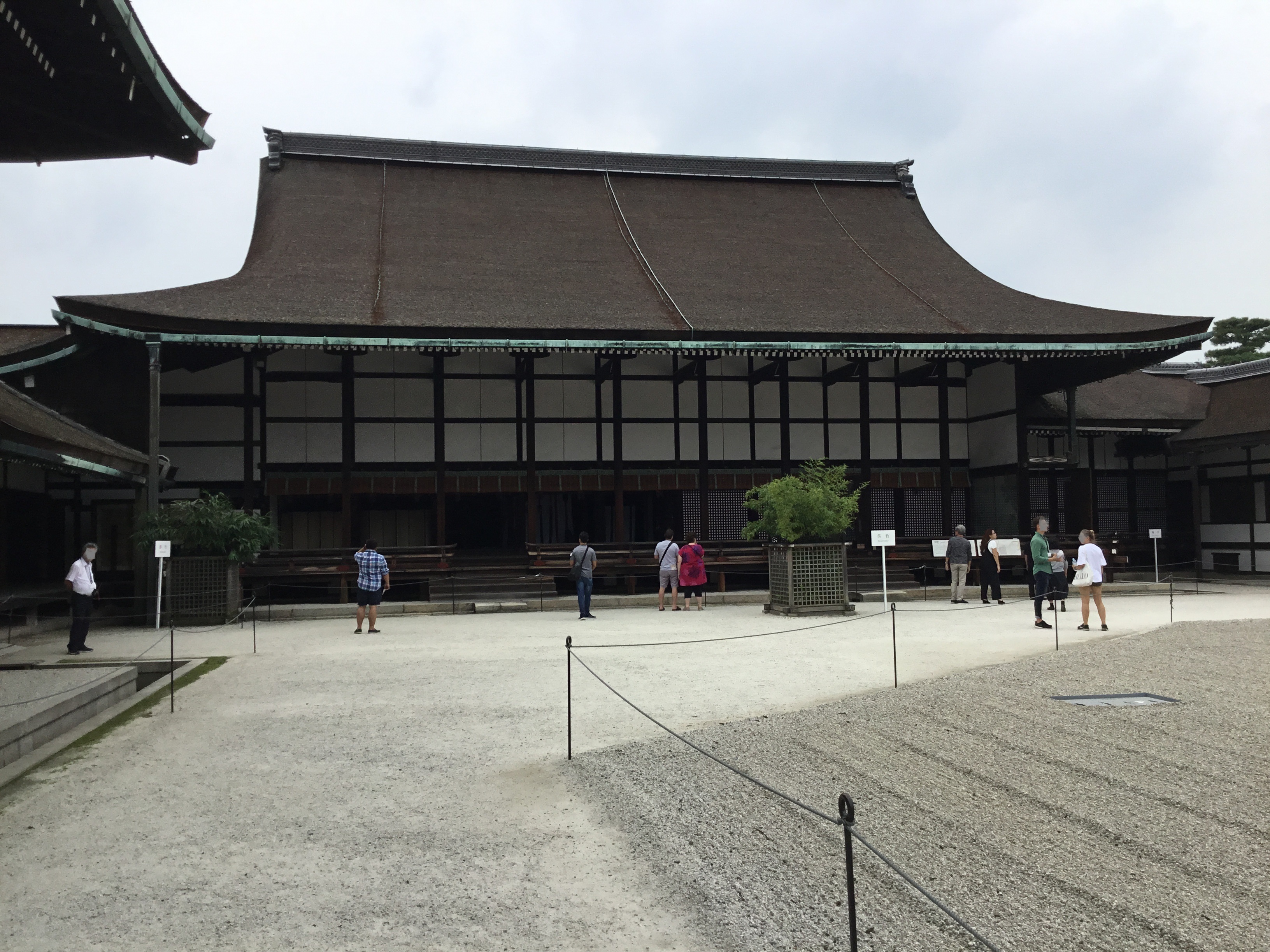
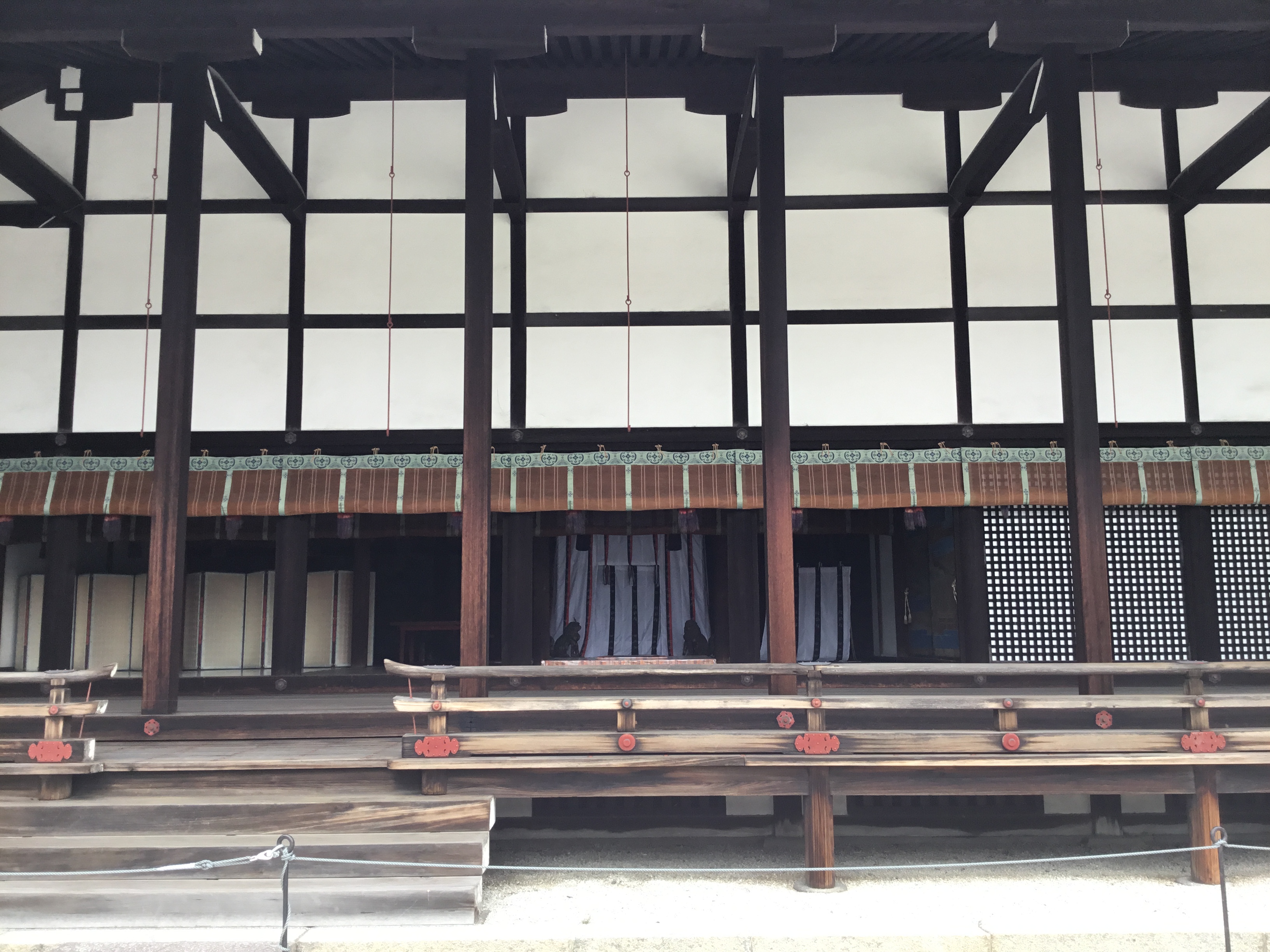

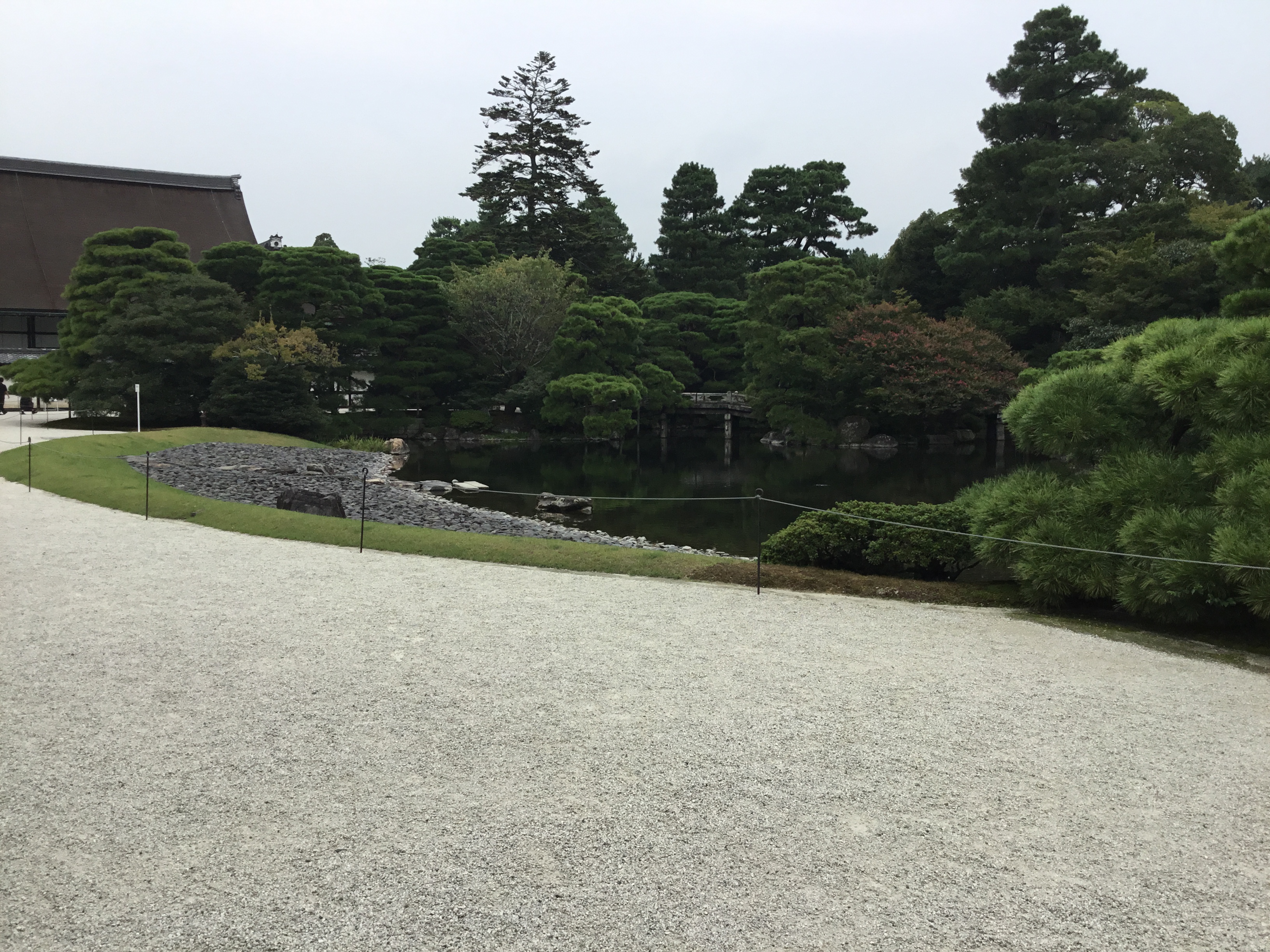
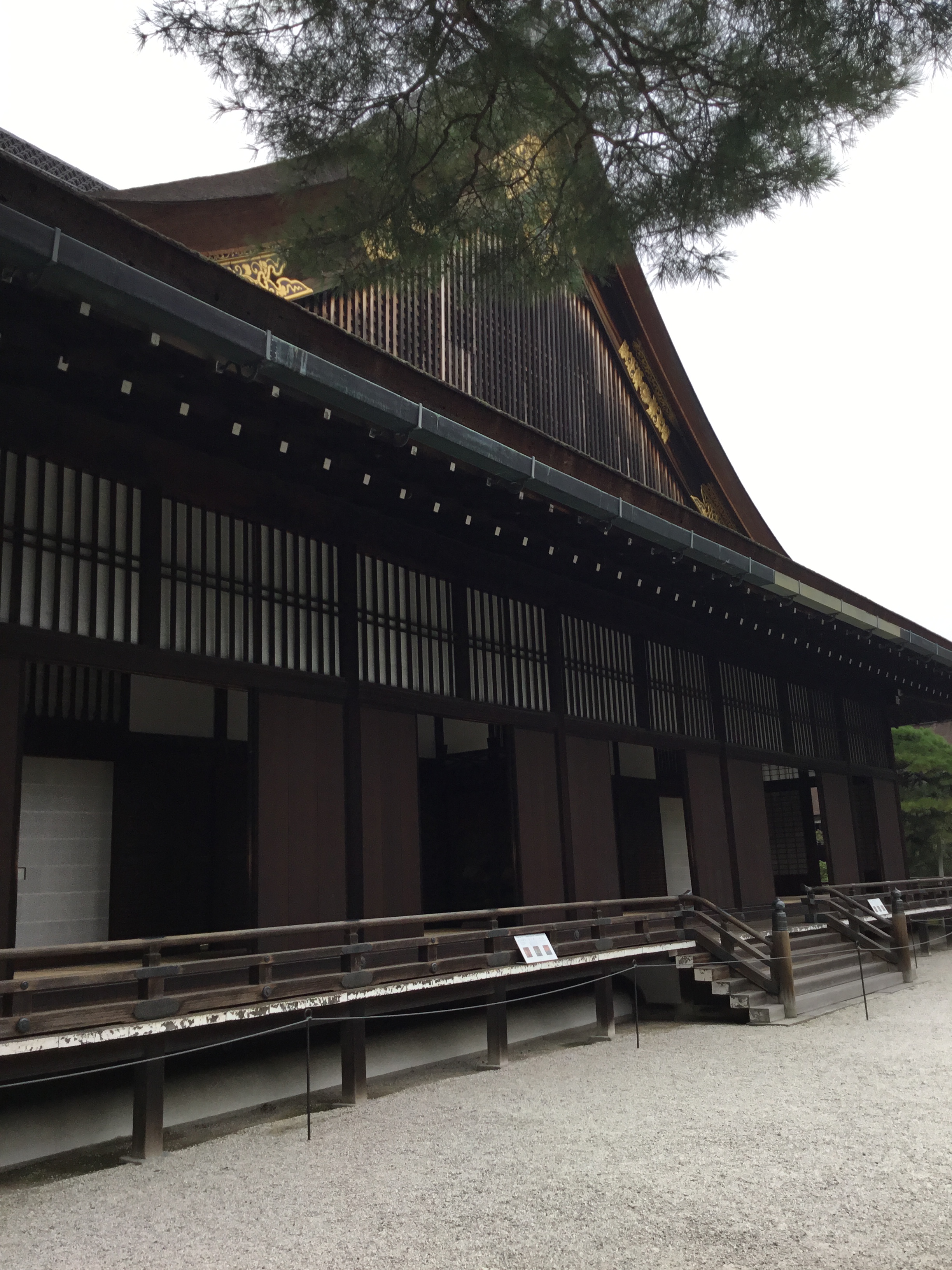
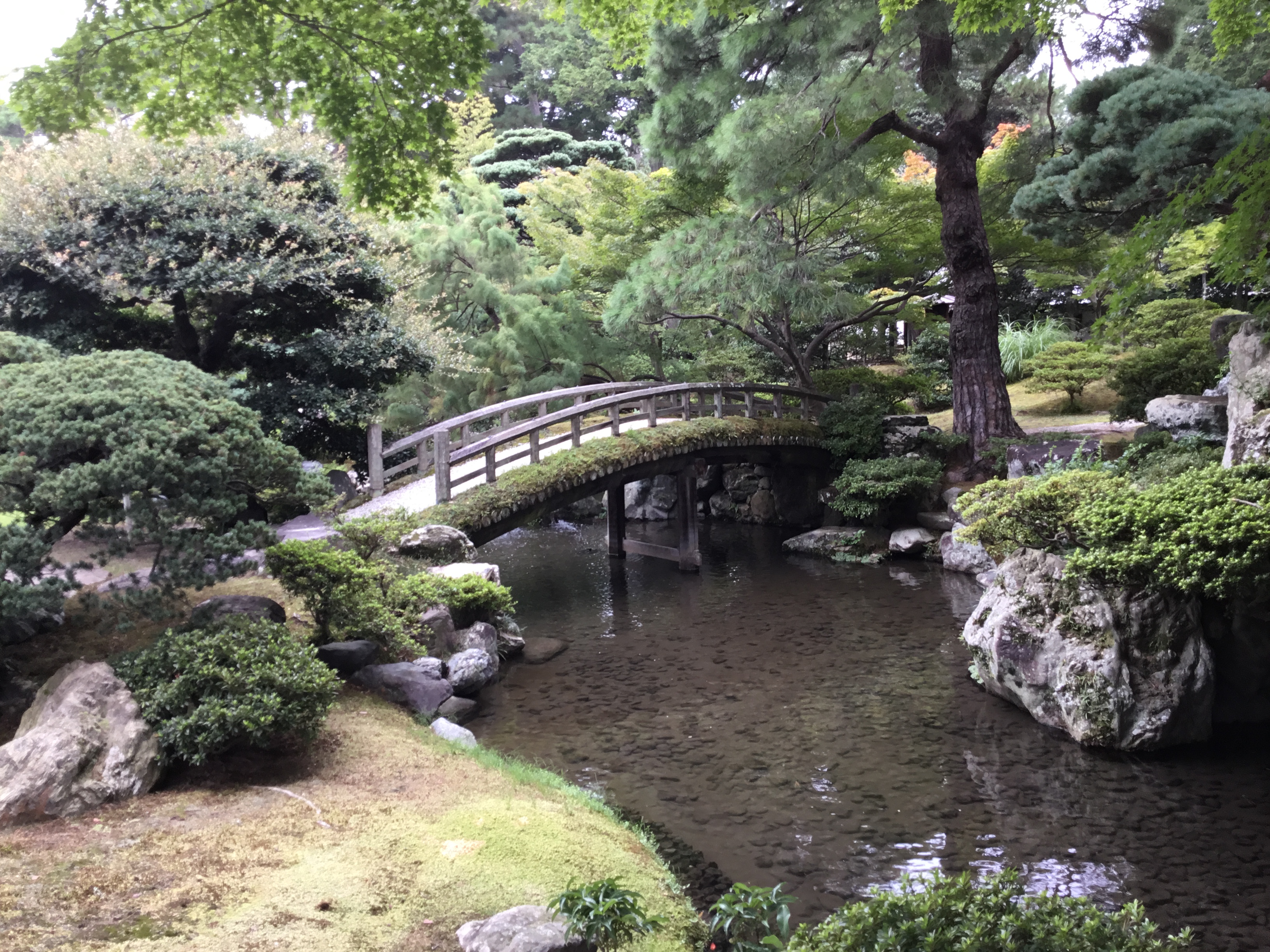

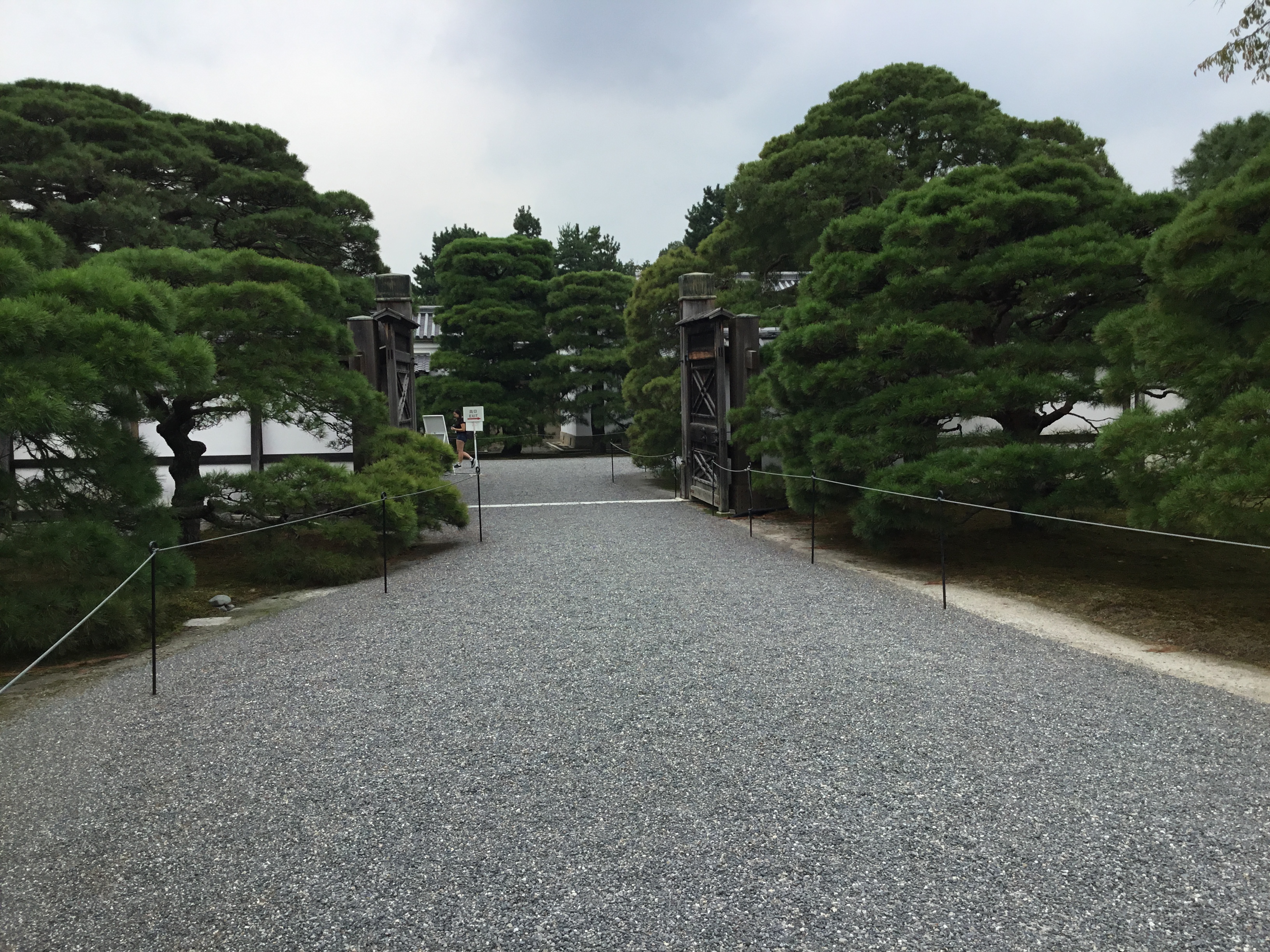
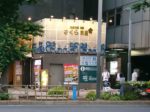
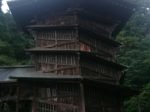
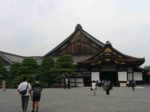
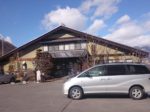
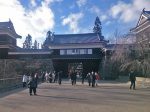
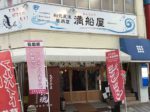
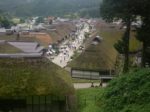
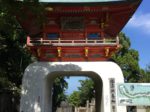
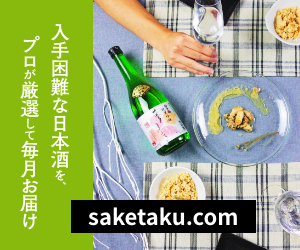
No comments yet.